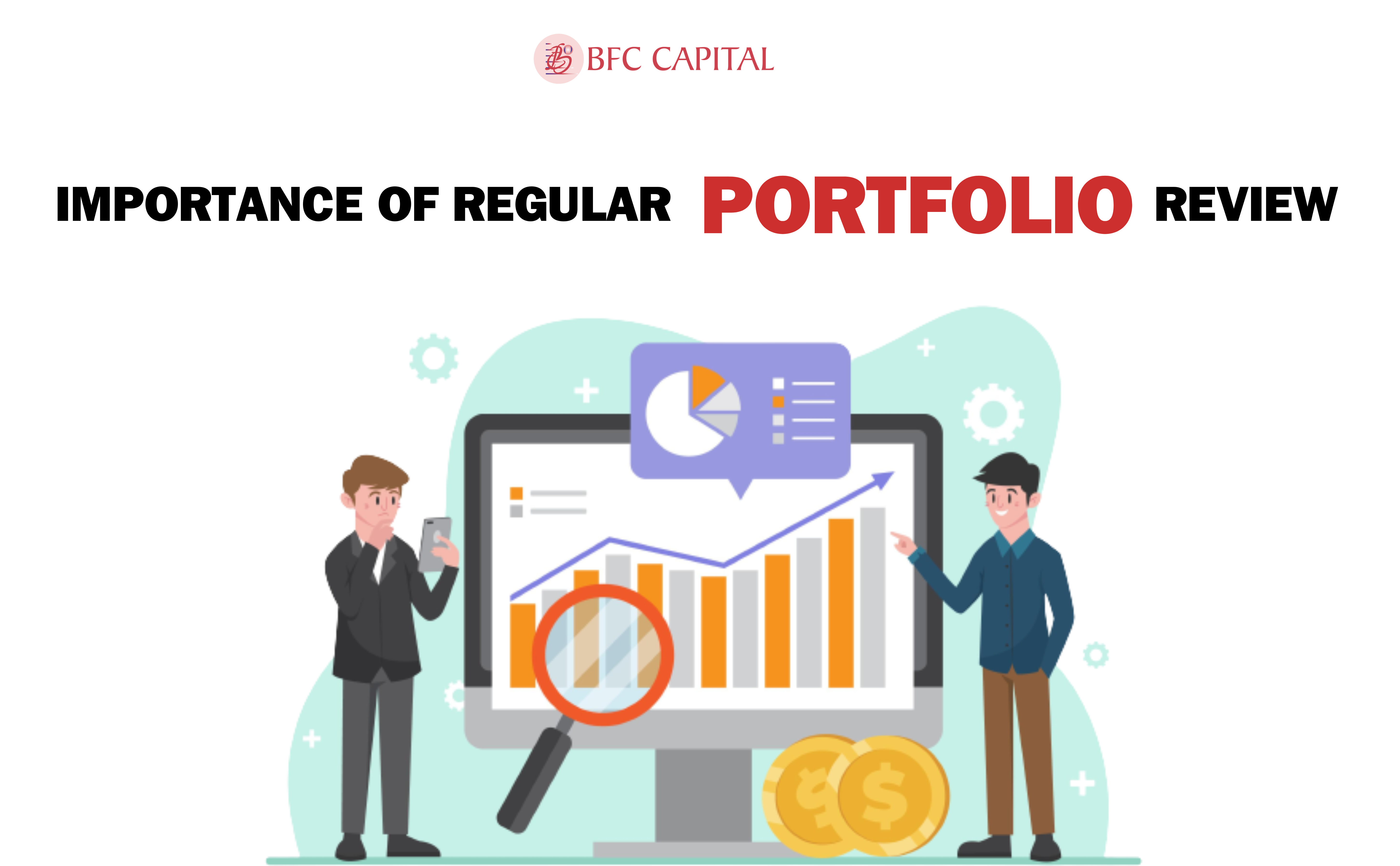
You stand at a crossroads of innumerable financial opportunities. The roads fork into two different paths – one with enticing high returns and the other with stable investments. Which one do you choose to walk on?
Do you choose a more reliable path with ample growth opportunities and minimal risk? This is the path of Banking and PSU Debt Funds. In this scenario, you invest in debt instruments from banks and public sector undertakings. This is a beacon for investors who prioritize stability with moderate returns.
Banking and PSU Debt Funds are fundamental blocks of your investment portfolio. Thus, this blog will help you learn more about what they are and the purpose they serve.
About Banking and PSU Debt Mutual Funds
Banking and PSU Debt Funds invest in debt instruments from banks, public financial institutions (PFIs), and public sector undertakings (PSUs). You invest in high-quality debt instruments that are mainly backed or owned by the government. This scheme offers stability with reasonable returns with low or moderate risk potential.
These funds have always existed in the market. But, only in 2017, the Securities and Exchange Board of India (SEBI) launched them as a separate category to maintain uniformity and help investors make educated decisions.
Additionally, Banking and PSU Debt Funds are considered open-ended debt schemes as per SEBI. Investors can invest 80% of their assets in debt instruments of PSUs, municipal bodies, PFIs, and Scheduled Commercial Banks (SCBs).
These funds, as compared to others, are invested for the short term and hold high credit quality. Hence, they are one of the most viable platforms for those with low-risk tolerance and some who seek income generation to maintain an ideal balance between yield, security, and liquidity.
Particular In-and-Outs of Banking and PSU Debt Mutual Funds
Banking and PSU Debt Funds invest primarily in high-rated debt instruments in the market – specifically bonds and mortgages issued by PFIs, PSUs, and Banks. Some of the common securities these funds include:
- National Highways Authority of India
- NABARD
- Power Finance Corp
- Indian Railway Finance Corporation
- Export-Import Bank of India
- Food Corporation of India
- Power Grid Corporation of India
- NHPC, NTPC, etc.
Most of these debt instruments have an AAA ranking i.e., they have higher security and low credit risk as compared to those with an AA or below rating. The default risk of any of them is low as they are supported by government agencies.
With moderate credit risk and potential high-interest returns, Banking, and PSU Debt Funds make for a suitable inclusion in your investment portfolio. Thus, Banking and PSU Debt Funds’ portfolio would mainly include:
- High-rated debt instruments issued by PSUs with a credit rating of AAA or A1+.
- Bonds, certificates of deposits, and debentures issued by Scheduled Commercial Banks (SCBs) of India.
These investments feature a low coupon rate and lower yield but have minimal default risk and credit risk. Because of these features, investors give banking and PSU debt fund investments precedence even if the returns are relatively low.
Possible Risks of Investing in Banking and PSU Debt Mutual Funds
Investing in Banking and PSU Debt Funds caters to investors searching for less volatile investments held from short to medium terms. Conservative and risk-averse investors keen on diversifying their portfolios often choose this road.
However, these investment plans also entail potential risks that require proper management:
- Fluctuating interest rates: Fluctuations in interest rates can impact bond prices and lead to insufficient returns. Your friendly solution in mitigating this risk is to diversify your securities.
- Impact of inflation: Investments in banking and PSU debt funds offer stability, but inflation affects the actual returns over the long term. Inflation erodes the relative purchasing power of the potential returns generated.
- Moderate growth potential: Banking and PSU funds have a moderate growth potential due to lower returns in comparison to equity funds. Hence, they underperform against inflation in bull market conditions.
Credit risk might not affect banking and PSU debt funds directly as they are relatively stable. However, a financial decline of the banks and PSUs may affect their ability to meet debt obligations. Assess the credit quality beforehand and potential risks before any final decisions.
Tax Applicability for Banking and PSU Debt Mutual Funds Investments
The taxes applicable for banking and PSU debt funds depend on the latest tax regulations. Tax plays an important role in positing the overall return on the investments from these funds.
Understanding the taxation regulations for these funds can help investors make smart investing decisions. The new tax regime of the Union Budget 2024-25 has made significant changes to the taxation of capital gains that impact both, financial and non-financial assets. The overall tax rate depends on the term for which an investor redeems the fund units:
- For the first two years: The gains fall into short-term capital gains. According to the Union Budget of 2024-25, the specified financial assets will be taxed as per the tax slab of the investors.
- After two years: If the funds’ units are held for more than two years, the gains are long-term capital gains. Currently, long-term capital gains have a 12.5% tax rate without any indexation.
Moreover, the dividends received from Banking and PSU Debt Funds by investors are currently taxable as per the income tax slab of the investor, It is significant to know the overall applicable taxes on your investments to optimize your returns.
How Do You Invest in Banking and PSU Debt Mutual Funds?
What might look like a complicated and daunting task, is quite straightforward. Start investing in Banking and PSU Debt Funds by following the below-mentioned steps:
- Define your investment goals, financial budget, risk tolerance, and investment horizon to configure whether this plan aligns with your needs.
- Conduct extensive research and compare different banking and PSU Debt Fund investment plans available in the market. Focus on the funds’ potential risk factor by assessing the Macaulay and Modified duration.
Macaulay Duration is the duration that is required to entirely repay the initial bond investment through internal cash flows that it generates. Whereas, Modified Duration is the change in debt instrument price because of the unsteady market interest rate.
- Seek expertise from a financial advisor to identify the funds that align with your profile.
- After ensuring that you have a clear idea of how to invest in PSU Debt Funds, use Prodigy Pro to start investing.
- Ensure that your KYC requirements are complete.
- Thoroughly monitor your investment. After you take the final step to invest, regularly review the performance to check whether it requires additional adjustments.
The investment process should follow the latest market research and align with the market movements. Lastly, you can make Banking and PSU Debt Fund investments online or offline through authentic and reliable platforms.
Invest in Banking and PSU Debt Mutual Funds: Low-Risk and Steady Investment Opportunities!
Banking and PSU Debt Funds, like fixed deposits, have the potential for higher returns of over 7%. These funds, held for over 2 to 3 years, reduce the effect of a volatile market and boost better returns. The bonds in these funds are highly liquid and offer easy access to emergency money.
Investors who have low-risk tolerance and seek steady investments, also benefit from capital appreciation in case the interest rate declines. Make sure to read the guidelines, potential risks, and other details on Banking and PSU debt fund investments before investing.
Please share your thoughts on this post by leaving a reply in the comments section.
Also, check out our recent post on: “What Is Liquidity? Role of Liquidity in Financial Planning”
To learn more about mutual funds, contact us via Phone, WhatsApp, Email, or visit our Website. Additionally, you can download the Prodigy Pro app to start investing today!
Disclaimer – This article is for educational purposes only and by no means intends to substitute expert guidance. Mutual fund investments are subject to market risks. Please read the scheme-related document carefully before investing.

Assistant Vice President – Research & Analysis
Akash Gupta heads the Research & Analysis department at BFC CAPITAL, where he combines in-depth market insights with strategic analysis. He holds multiple certifications, including:
- NISM-Series-XIII: Common Derivatives Certification
- NISM-Series-VIII: Equity Derivatives Certification
- NISM-Series-XXI-A: Portfolio Management Services Certification
- IRDAI Certification
With his expertise in equity, derivatives, and portfolio management, Akash plays a key role in providing research-backed strategies and actionable insights to help clients navigate the investment landscape.







